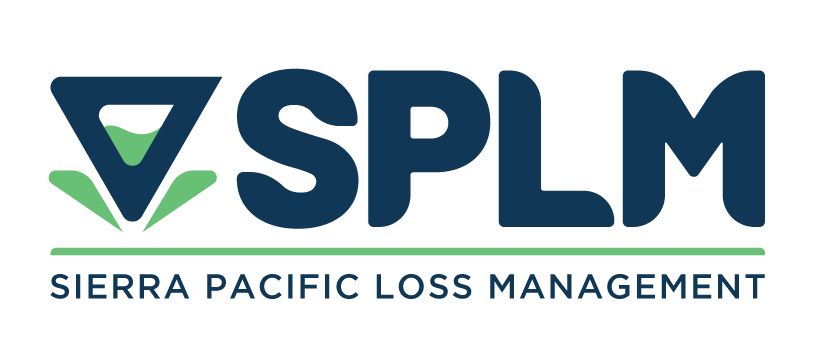Two large multi-family complexes in the downtown area of a major city, were suffering from “sick building syndrome” and the source of the problem was unknown. Tenants had been complaining of respiratory issues for several months.
The owner had initially planned to contract with a local hygiene firm to sample the buildings, but their scope and cost of the investigation was non-specific and open ended. Because of SPLM’s previous work with this client, and SPLM’s reputation for honesty and directness, it was decided that SPLM would participate in the investigation and the management of any required remediation. A very defined scope of work was developed, and a firm cost was established for the project.
Through interviews, it was determined that mold sampling would be an appropriate initial approach. The results of this sampling showed that the living area of both buildings contained elevated levels of mold and we were confident that the source of the problem had been found. The question was, where were the mold colonies developing because mold was not visible within the units themselves. Through a methodical and time sensitive approach, it was determined that the exterior of the building was leaking, and that mold had developed on the backside of the drywall of several units. Additionally, the air flow in this space was such that, even though each unit’s drywall was not affected, the mold spores were being distributed throughout the building.
The expense of remediating such large buildings could have been catastrophic, but through careful planning, a very specific remediation design (developed by SPLM) and the proper selection of a remediation team (remediation contractor and hygienist), the client was able to realize a solution with minimal cost or interruption to the operations of the facility.

